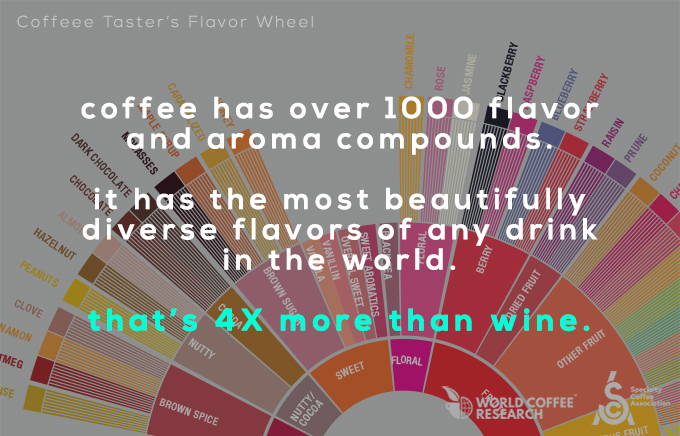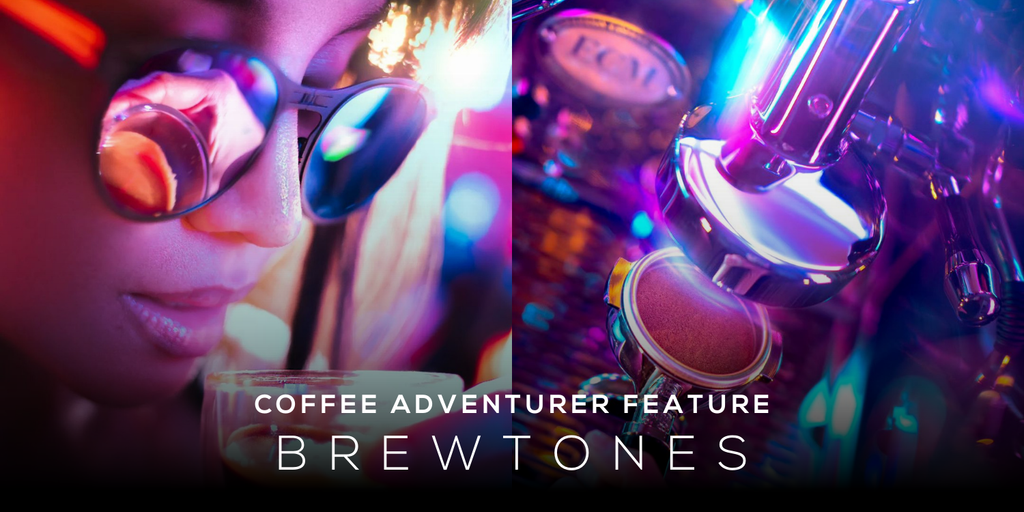If you’ve ever had a glass of wine or fine spirits, like aged whiskey or cognac you’ve likely encountered the culture of specialized glassware. You probably know that there’s a specific glass for red wine and a different glass for white wine – but not many people know that beyond cultural aspects, the original intent of the glass shape was designed to enhance the flavours unique to specific red and white wines. Within whiskey, there are glasses or snifters that are designed for improving the drinking experience by directing and enhancing the aroma.
If we trace back the history of special shaped glassware to the roots of its origin, we’ll often hear the name ‘Riedel Wine Glass Company’. If you’re not already familiar with this prestigious glass maker, they are the family of glass makers from Austria who pioneered the idea in 1973 that the flavor of alcoholic beverages can be influenced by the shape of the glass. Though radical at the time, the notion that glass shape can alter wine’s taste and aroma has now become a culturally accepted phenomenon around the world. It’s common practice to serve red wines in a glass with a taller, wider bowl, whereas white wines are served in a glass with a smaller, narrower bowl. Looking to spirits and whiskeys, there’s wide bowled snifters and the smaller Glencairn glass. The serving etiquette for serving these alcoholic beverages is more common knowledge than the functional reasons why these glasses pair best for these drinks.
You’re probably wondering: “How can the shape of a glass have such an impact on the taste and aroma a drink?”. Let’s dive into the science why wine and spirits express their taste and aroma better in the proper glass than, let’s say, a plastic single-use cup.
In 2015 scientists in Japan developed a special camera (a “sniffer camera”) that was able to capture images of ethanol vapour escaping from a wine glass. The conducted their test with different shaped glasses, different wine varieties, and different temperatures of wine. In their study, they showed how different glass shapes affected the density and position of vapors at the openings of different glasses.
Let’s break this down. At its core, wine is made from fermented grapes using a variety of traditional methods to soften or amplify different aspects of the wine’s flavor characteristics. Just like coffee, there are several key factors during cultivation that affect the flavor: terroir, grape variety, origin, processing, and aging. The finished product will express its flavor through: (1) different molecular aromatic compounds and (2) tasting notes. Aromatic compounds are responsible for producing the vast spectrum of flavors in wine, and are carried by the vapors that diffuse from the surface of the wine during the decantation and aeration process. We swirl wine to oxidize and lift the aroma; the fruity and mineral aromas are heavier while alcohol is lighter, so the goal is to get rid of alcohol and activate the heavier more desirable aromas.
If you notice that different wine glasses have different diameters for the bowl and the rim, there’s also a good reason for this. The intensity of wine aromas strongly correlates with the ratio between the diameter of the glass (the widest part of a glass) to the diameter of the opening.
Let’s apply this knowledge to red wine vs white wine glass shapes. Red wine tends to have much stronger, heavier aromatic characteristics and higher alcohol content compared to white wine. As a result, red wines are served in a larger glass with a taller height and wider bowl. The large space above the wine inside the glass (a.k.a ‘headspace’) is more conducive for capturing the wide array of aromatic molecules and deliver them to your nose while mitigating the ethanol burn by allowing the alcohol to evaporate. Compare this to white wines which are normally served chilled and have more delicate aromatic properties and lower alcohol content. The serving glass for white wines are generally smaller in height and diameter. The smaller surface area of the glass preserves the cool temperature which slows aromatic evaporation, subduing lighter aromas even more, allowing fruity aromas to dominate. The smaller glass is also better at delivering and preserving the white wine aromas due to the proximity to your nose.
In terms of taste, the different glass shapes have been demonstrated to control the flow rate and spread of coffee. The diameter of the opening and angle of the rim affect the interaction of your lip on the glass and thus control the flow pattern of wine onto your tongue. The ratio between the widest part of the glass and the diameter of the opening is directly correlated to the angle at which you have to tilt your head to drink from the glass. Altogether, these factors change how the wine lands your tongue and the rate at which it immerses your palate. This alters your experience of the wine by altering your perception of the wine’s flavor profile: everything from sweetness and acidity to body and finish.
All of these same principles are applied in spirits and even beer glasses. There’s a reason why champagne and carbonated beers are served in tall glasses with narrower openings. The distinctive carbonated character of these drinks is best preserved if the surface area of fluid exposed to air is smaller; smaller surface area minimizes the amount of carbonation that escapes. Just like with white wine, this also preserves the cool temperature of the drink.
Turning now to coffee cups, there was a stark difference between the available options in wine & spirits vs coffee. The ordinary ceramic mug is ancient—literally. Even the insulated metal mug was designed as a simple vessel—a means to an end for consuming coffee without any purpose or thought for enhancing the flavor or the drinking experience. You wouldn’t drink your wine out of a plastic cup, so why drink your coffee from a mug that doesn’t reveal its full potential?

On our journey to design AVENSI, the world’s best coffee enhancing glassware, there was a wide ocean of knowledge that allowed us to immerse ourselves in the science of glass design and the effects on flavor. We even met with wine sommeliers from around the world to better understand these principles and see if they could be applied to coffee. Considering that wine and spirit glasses were tried and tested over many decades to pair perfectly with their respective beverages, we knew we couldn’t just test different wine glass shapes to see which would work best for coffee. We ventured to apply these principles to our own designs and build a completely new collection of glassware from the ground up, specifically engineered to enhance the unique flavor profiles of coffee. After all, coffee has over 1000 flavor and aroma compounds (that’s 4x more than wine), with most beautifully diverse flavors of any drink in the world. If wine and spirits culture warranted their own special glasses to enhance the flavor experience, then it was time for coffee to have its own dedicated drinkware for the fullest appreciation of its flavors.




